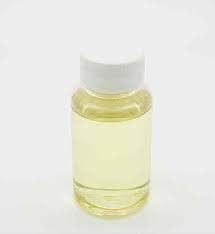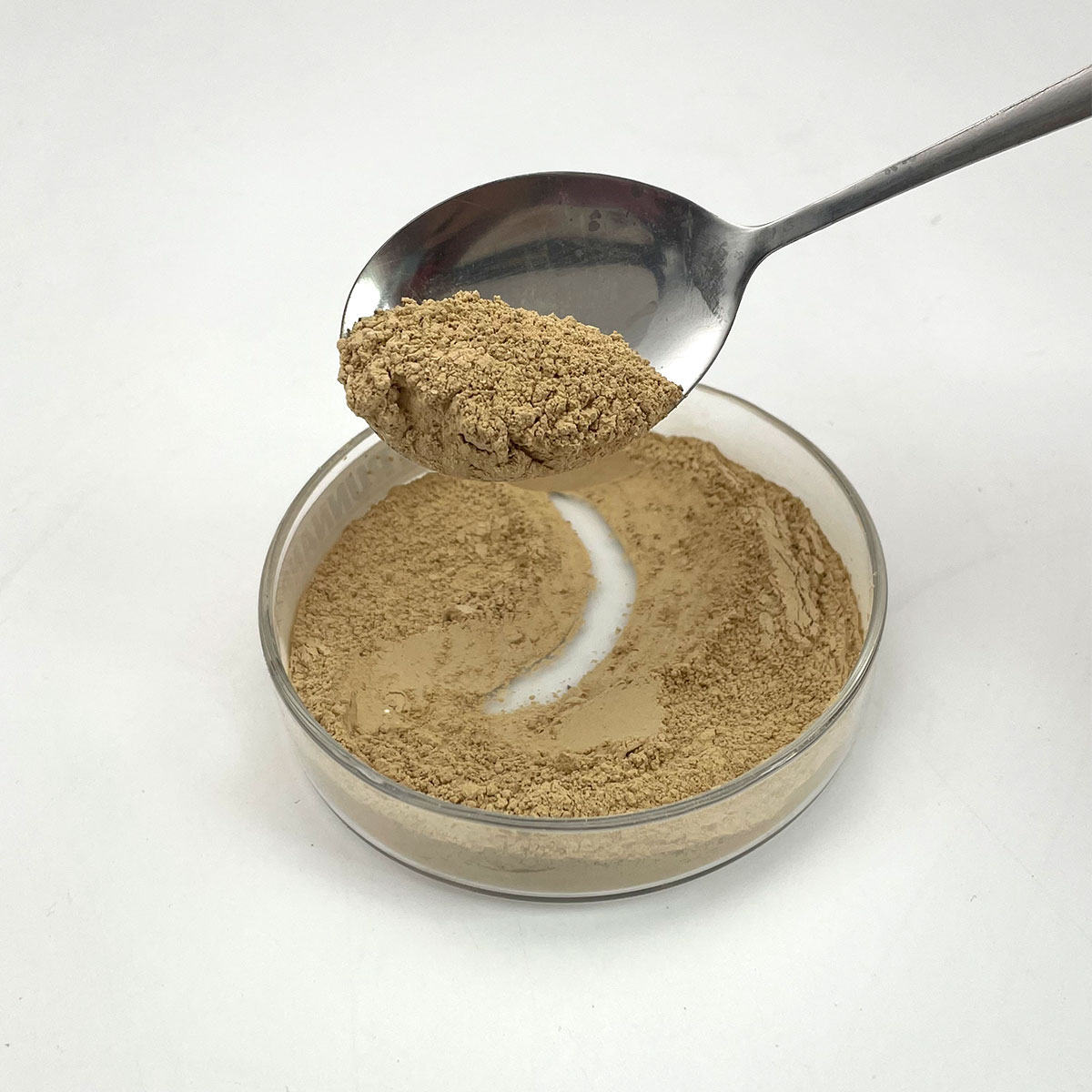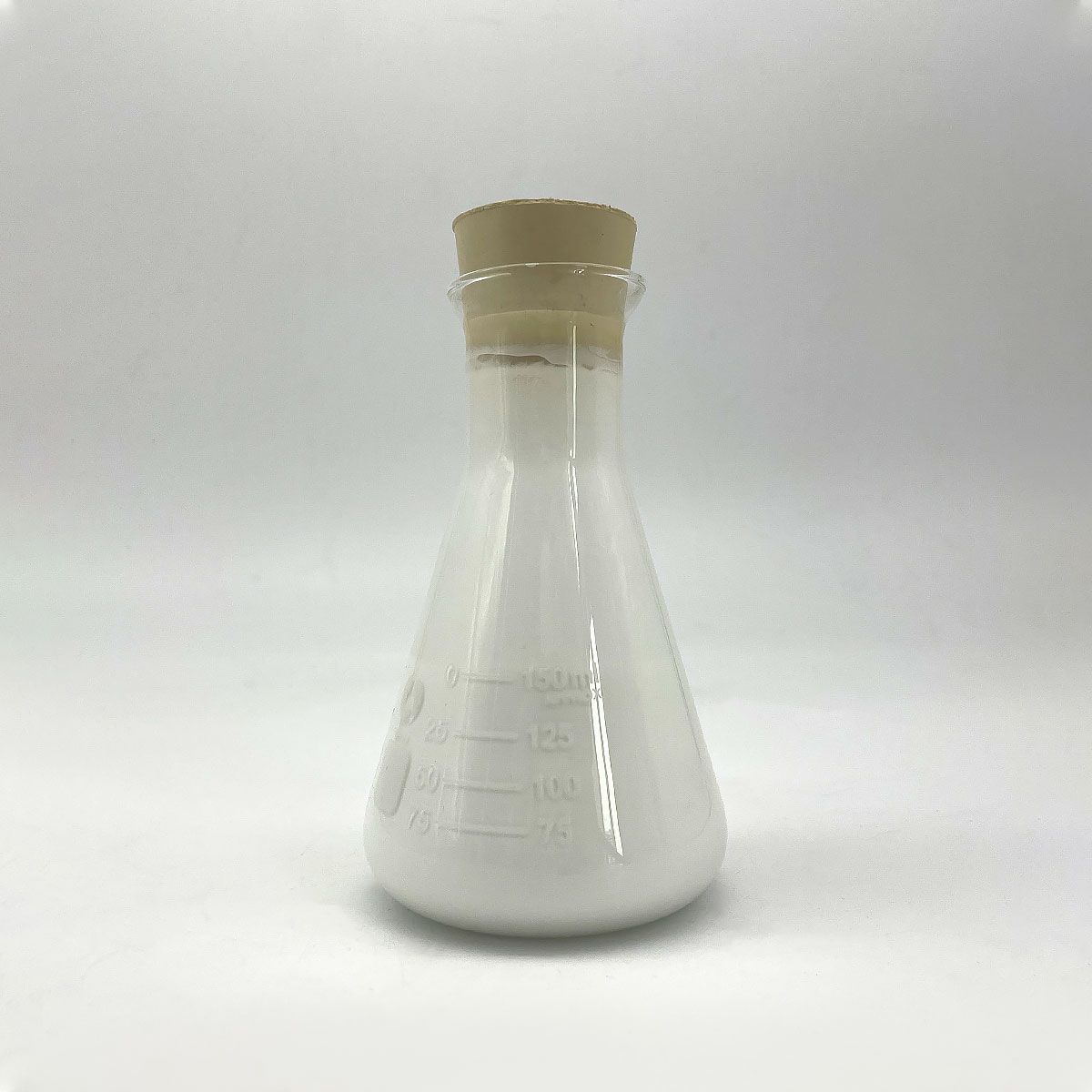1. Introduction
Just 24 hours ago, a major skincare brand announced it would phase out sodium lauryl sulfate (SLS) from all its shampoos and body washes by 2025 due to rising consumer demand for milder, eco-friendly ingredients. This move reflects a global trend toward gentler surfactants—and if you’re formulating your own products at home, you might be wondering how to do the same safely and effectively.

Whether you’re crafting a sulfate-free shampoo, a natural weed killer, or a sensitive-skin cleanser, replacing sodium lauryl sulfate requires more than just swapping one ingredient for another. In this step-by-step guide, you’ll learn how to identify SLS, understand its role as an anionic surfactant, and choose suitable alternatives that maintain performance without compromising safety.
2. Understanding Sodium Lauryl Sulfate and Its Role
Sodium lauryl sulfate (also known as sodium dodecyl sulfate, SLS, or natrium lauryl sulfate) is a powerful anionic surfactant widely used for its foaming and cleansing abilities. You’ll find it labeled as ‘sls sodium lauryl sulfate,’ ‘na lauryl sulfate,’ or simply ‘lauryl sulfate’ on ingredient lists.
As a surfactant—short for ‘surface-active agent’—SLS reduces surface tension, allowing water to spread and penetrate more easily. This makes it effective in everything from toothpaste to herbicide adjuvants. However, its strong cleansing power can strip natural oils, leading to dryness or irritation, especially for sensitive skin.
3. Step-by-Step Guide to Replacing SLS in Your Formulations
3.1. Identify Where SLS Is Used

First, check your product’s ingredient list. Common aliases include sodium lauryl sulfate, sodium dodecyl sulfate, ammonium lauryl sulfate, and even sodium lauryl ether sulfate (which is actually sodium laureth sulfate—a different but related compound). Don’t confuse sls sodium laureth sulfate with pure SLS; they’re often mixed up but have different irritation profiles.
3.2. Determine the Function of SLS in Your Formula
Ask: Is it providing foam? Emulsifying oil and water? Acting as a wetting agent (like in lawn care products)? For example, in a weed killer, SLS may serve as a surfactant for herbicides to help the solution stick to waxy leaves. In shampoo, it’s primarily a foaming and cleansing agent.
3.3. Choose a Suitable Alternative Based on Surfactant Type
Surfactants fall into four main categories: anionic, cationic, non-ionic, and amphoteric. Since SLS is anionic, you’ll usually want another anionic or a mild amphoteric surfactant to maintain performance.

- For gentle cleansing: Try sodium cocoyl isethionate, sodium lauroyl sarcosinate, or sodium coco sulfate (also called coco sodium sulfate).
- For foam boosting: Use cocamidopropyl betaine (also labeled as coco betaine, amidopropyl betaine, or cocamido). This amphoteric surfactant works well with anionic types and reduces irritation.
- For eco-friendly options: Alkyl polyglucoside, decyl glucoside, or coco glucoside are non-ionic bio surfactants derived from coconut and glucose—ideal for sensitive skin and biodegradable formulas.
Avoid mixing anionic and cationic surfactants directly (like SLS with cetyl trimethyl ammonium bromide or CTAB), as they can neutralize each other and cause formulation instability.
3.4. Adjust Concentrations and Test Compatibility
Most SLS replacements aren’t 1:1 substitutes. For instance, sodium laureth sulfate (also called sodium lauryl ether sulfate or laureth sulphate) is milder but still anionic and may require co-surfactants like polysorbate 80 or pluronic 127 for stability.
Start with lower concentrations (e.g., 5–10% total surfactant blend) and test pH, viscosity, and foam quality. If you’re making a herbicide adjuvant, consider lignin sulfonate or a nonionic surfactant like ethoxylated alcohol as a lawn wetting agent instead of SLS.
3.5. Source Quality Ingredients
Look for reputable suppliers like Rohit Surfactants Private Limited if buying in bulk. Ensure your sodium lauryl sulfate for sale is food- or cosmetic-grade if intended for personal use. For lab or industrial applications, verify purity (e.g., avoid contaminants like copper 1 bromide).
4. Common Mistakes to Avoid
Don’t assume all ‘sulfate-free’ labels mean safer—some replacements like sodium dodecylbenzene sulfonate can be equally harsh. Also, fluoro surfactants or sodium deoxycholate may be too specialized for DIY use.
Never substitute SLS in pulmonary or medical contexts—lung surfactants like those containing poloxamer 188 are entirely different and not interchangeable with cleaning surfactants.
5. Conclusion
Replacing sodium lauryl sulfate doesn’t mean sacrificing performance. By understanding surfactant chemistry—especially the differences between anionic, cationic, non-ionic, and amphoteric types—you can create effective, skin-friendly formulations. Whether you’re avoiding sls sulfate for health reasons or seeking sustainable bio surfactants, this guide gives you the tools to reformulate with confidence.
Our Website founded on October 17, 2012, is a high-tech enterprise committed to the research and development, production, processing, sales and technical services of ceramic relative materials such as How. Our products includes but not limited to Boron Carbide Ceramic Products, Boron Nitride Ceramic Products, Silicon Carbide Ceramic Products, Silicon Nitride Ceramic Products, Zirconium Dioxide Ceramic Products, etc. If you are interested, please feel free to contact us.


